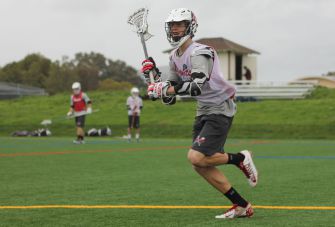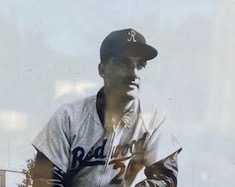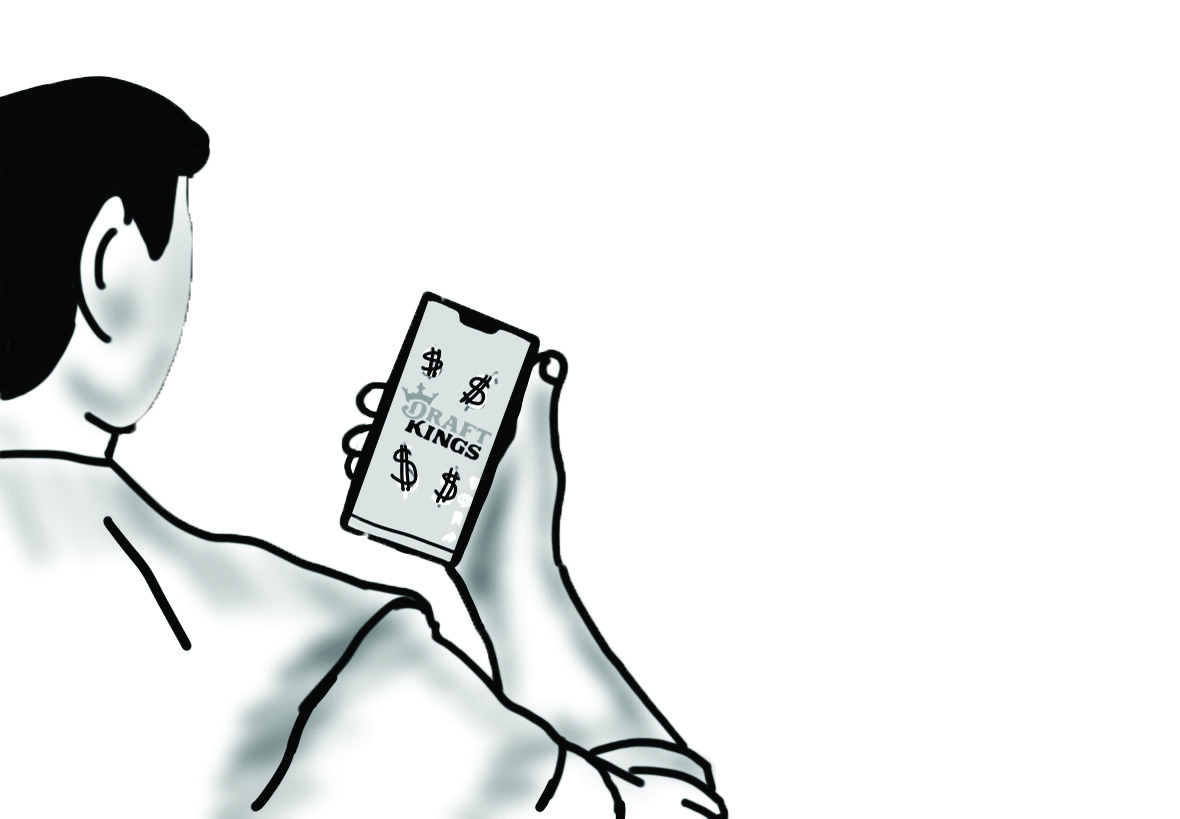The clash of lacrosse sticks hitting each other in mid-air. The click of ski boots and bindings detaching from one another. The snap of a shoe slipping off the bike pedal. This is the world of impact sports.
Although many Redwood students don’t wear helmets in recreational activities, lacrosse, skiing, and biking are just a few of the many sports that require the use of helmets when playing on a competitive team.
Junior Molly Petri said that she doesn’t wear a helmet when she knows she’s safe while biking or skateboarding, but always wears a helmet to ski.

Sophomore lacrosse player Cole Wilhite said, “In games you have to wear a helmet. But if I’m just messing around with my friends, then no, I don’t wear a helmet.”
Even though athletes wear helmets while playing competitive sports, many still receive head injuries, which can change their outlook on helmets and their use.
Senior Patrick Tracy, a varsity lacrosse player, got his first and only concussion of his lacrosse career during practice when a teammate took a shot that landed on Tracy’s head.
“When the ball hit me, my head just started ringing and ringing. The whole experience is kind of a foggy memory,” said Tracy, who was wearing a helmet when he was hit.
“In a sport like lacrosse, I think it’s really important to wear a helmet because if a shot hits you in the head, you could die,” Tracy said.
Tracy said that it is important to wear a helmet because if a player were injured, he might not have control of where he is falling, and therefore he could severely injure his head.
Sophomore Auz Zadoff has also been playing lacrosse since eighth grade. His first concussion occurred in a game, when a defender cross checked his helmet and Zadoff fell, hitting the ground head first.
“I felt dizzy and numb, and I couldn’t get up for a little bit. Everything was really loud, like I was on the outside of a room looking in,” Zadoff said. “The lights were killing me and I had to put a towel over my head. I went to my doctor and I tested positive for a concussion.”
Zadoff has also received multiple concussions from skiing without wearing a helmet. Now, when looking to buy a new helmet, he looks for one that is going to best protect his skull, not only one that is aesthetically pleasing.
Recently, helmet technology has improved by many lengths, reaching a new level of sophistication.
“The newer [lacrosse] helmets have had more advancements in brain protection and technology, so they are safer. For example, there is the CPX-R and the Pro7, which are older helmets, and they have combined the designs to create the R, a newer and safer upgraded version,” Zadoff said.
Sophomore Blake Lawton got his first concussion two seasons ago, at his Free Ride Ski Team practice at Sugar Bowl Ski Resort in Lake Tahoe.
“I went a little bit too big on a jump in the terrain park, and I landed sideways, over-rotating the spin, and I hit my head,” said Lawton.
When Lawton hit the ground, dazed and confused, he was tested and diagnosed with a concussion. He was later forced to take a few weeks off the slopes to recuperate.
“A helmet is probably the most important thing when you ski,” Lawton said.
On Wednesday, Jan. 15, representatives from the High Fives Foundation arrived at Redwood to speak to sophomore physical education classes about helmet safety and awareness. High Fives is a nonprofit organization dedicated to raising money and awareness for people that have had life-altering injuries in the winter sports community.
The program was founded in 2010 in Truckee, Calif. After helping over 50 athletes, the foundation is now focusing on promoting helmet safety to the youth of California, as well as surrounding states.
Roy Tuscany, executive director and co-founder of the organization, said they have reached out to over 50 schools on the West Coast.
“Helmets should be worn and required for all gravity-defying sports. That’s what we try to promote to students and athletes everywhere,” Tuscany said.
Mountain biking is another sport affiliated with helmets and head injuries. Lucas Maranon, a senior on the varsity mountain biking team, had his most recent concussion two years ago at a race in Sacramento.
After falling and hitting his head during a race, his vision became blurry, and he was rushed to the hospital.
The full face helmet that Maranon was wearing at the time of his fall is the helmet most commonly used in downhill racing.
The helmet commonly known for general mountain biking is a half shell helmet. It is made of carbon fiber, and covers more area near the back of the head, whereas the full face helmet is made of a thicker weave of carbon fiber, creating a stronger helmet that can take multiple impacts before needing replacement.
Maranon said his concussion could have been a lot worse if he wasn’t wearing a helmet at the time of the fall.
“At that point, you aren’t supposed to close your eyes because you can fall asleep and not wake up,” Maranon said.














